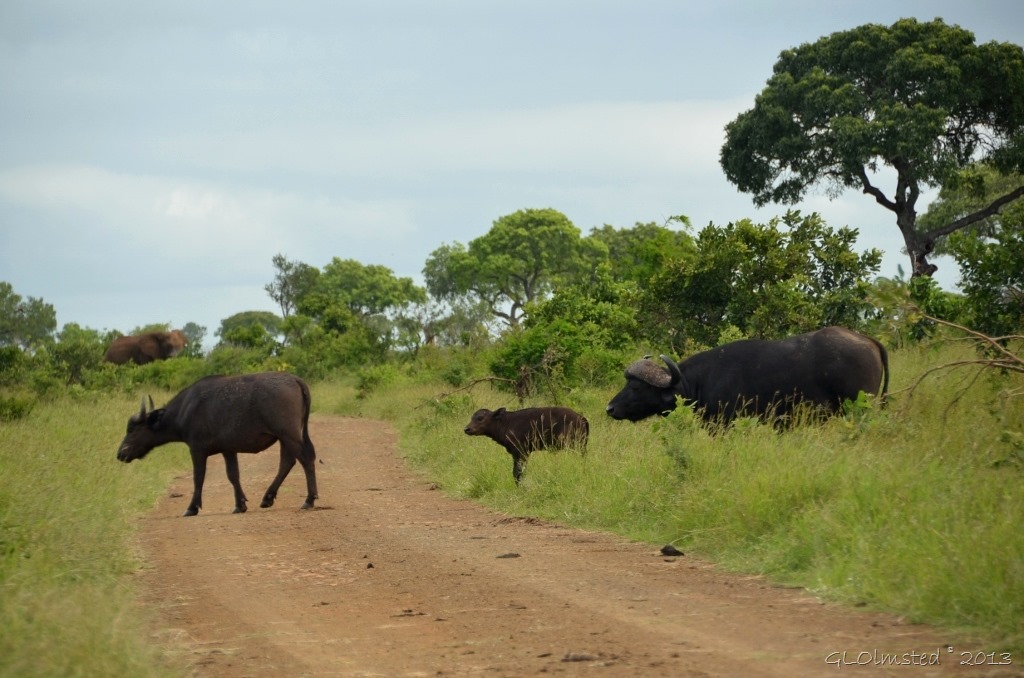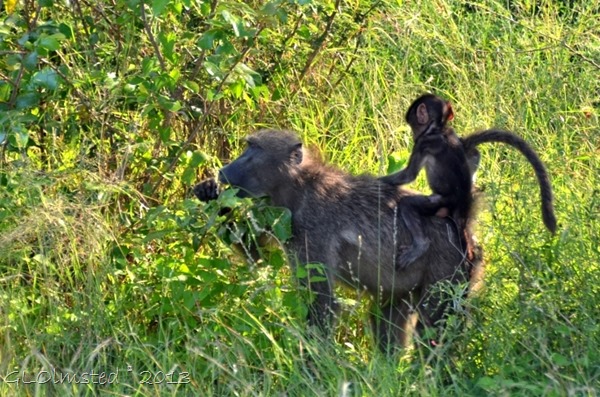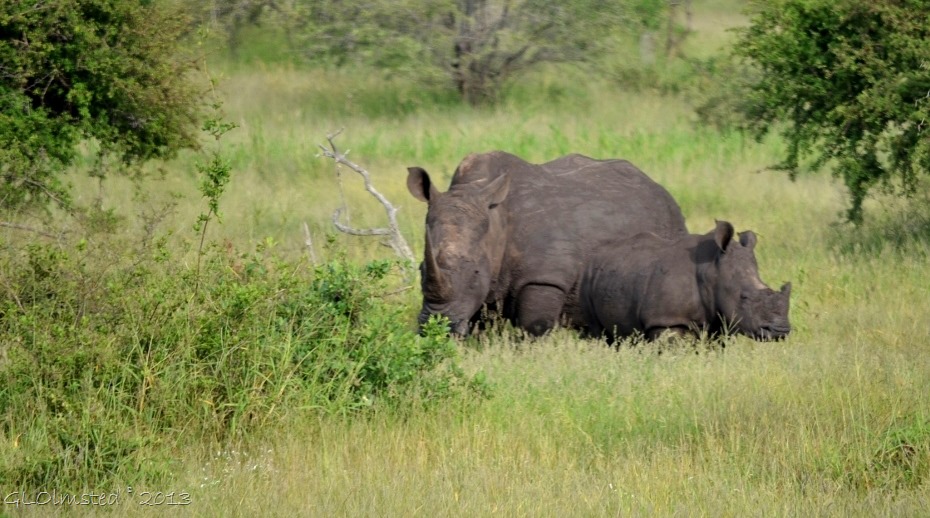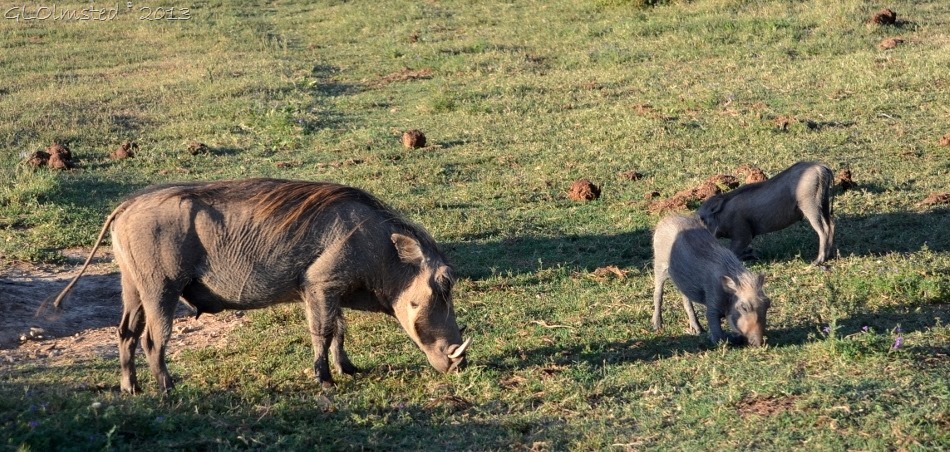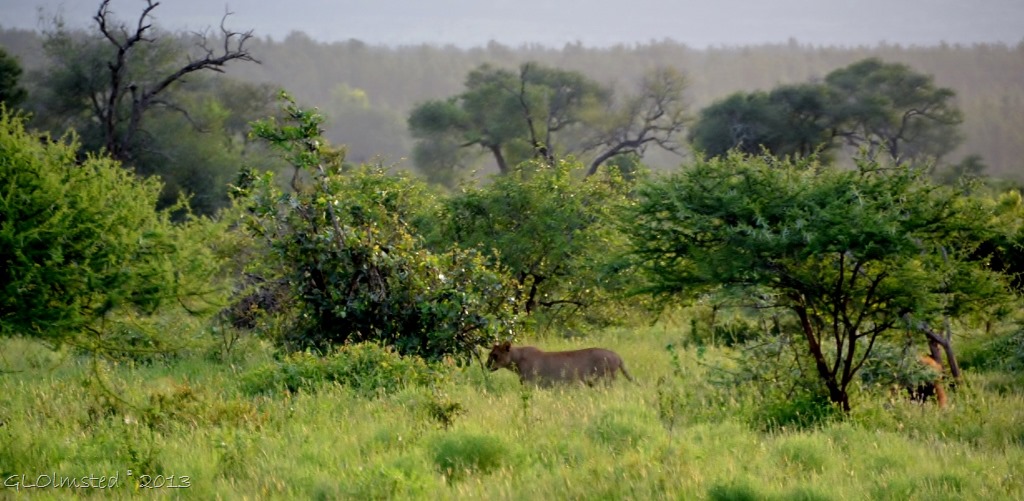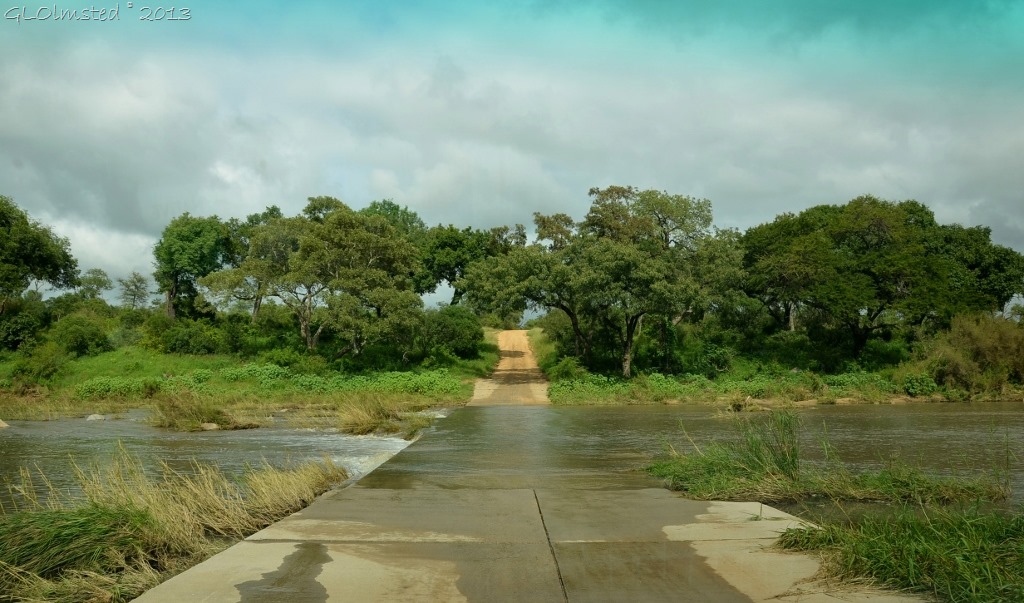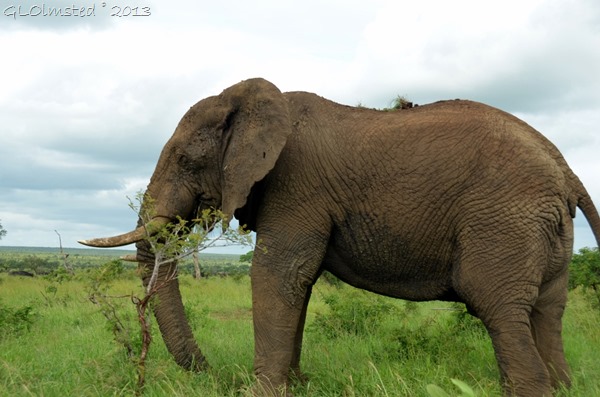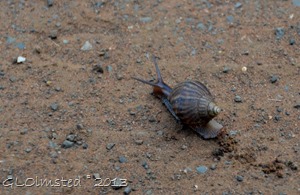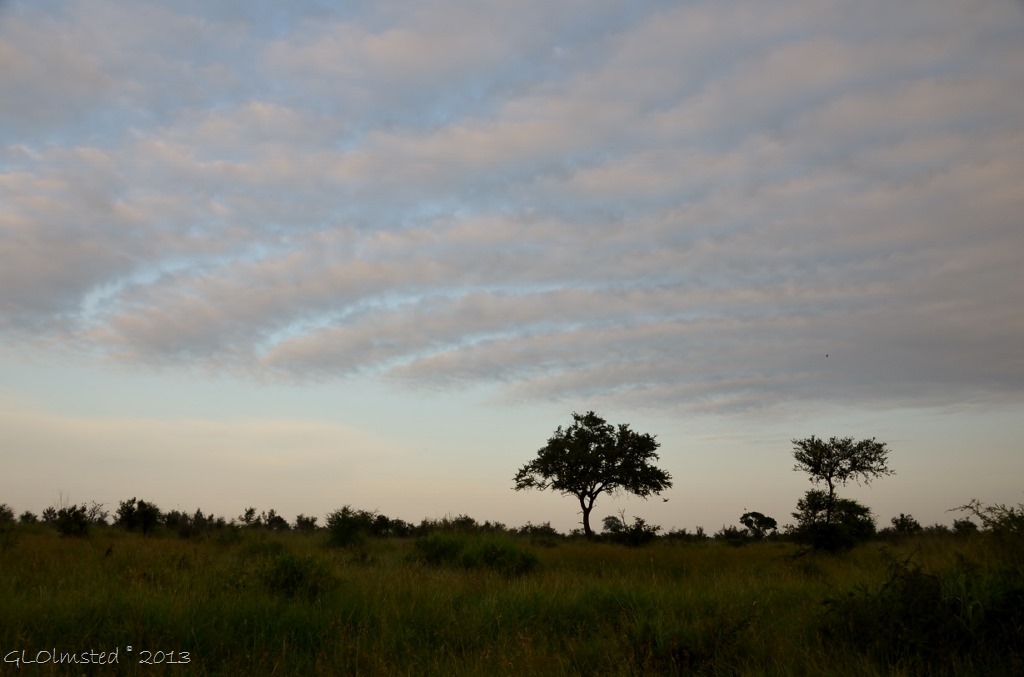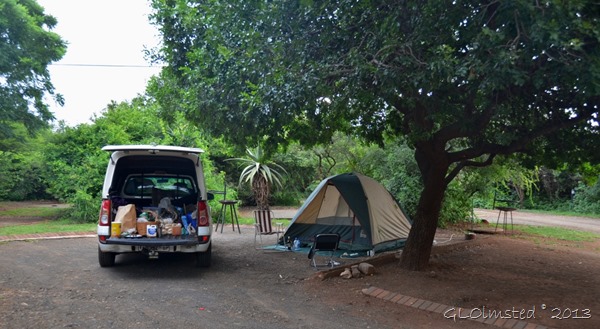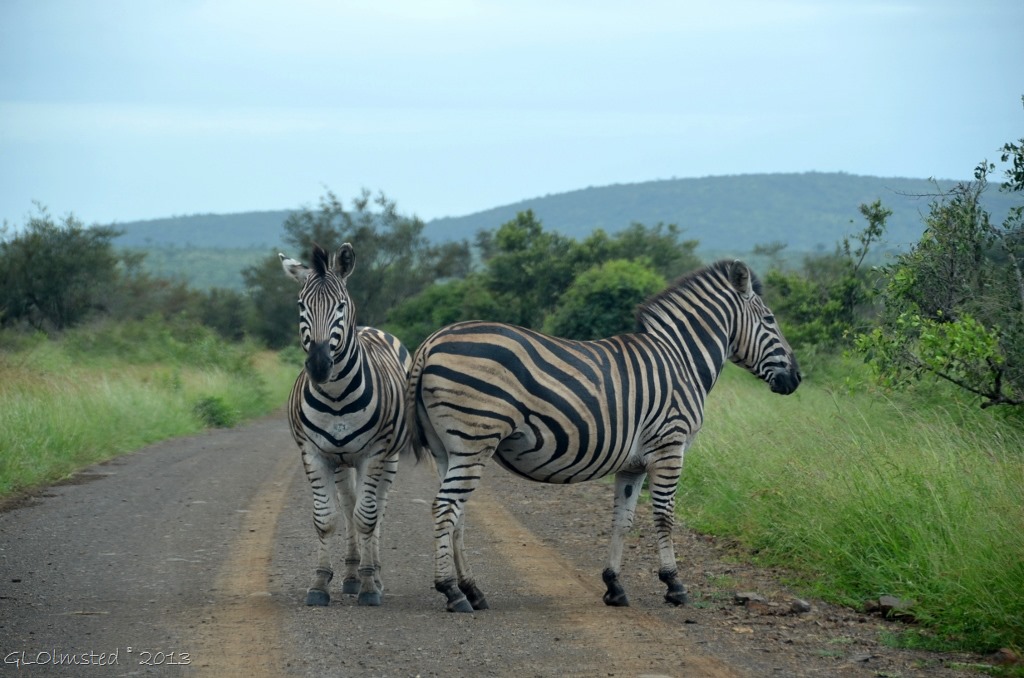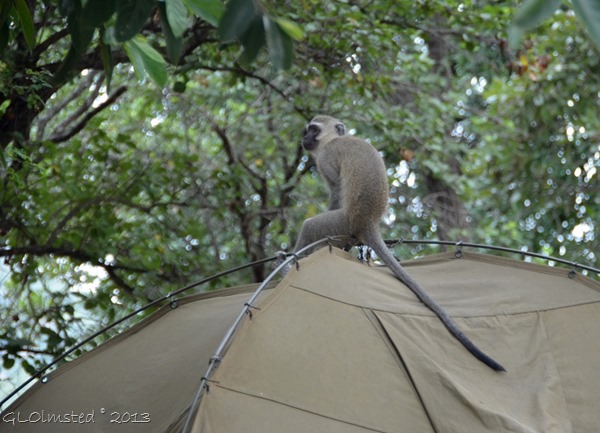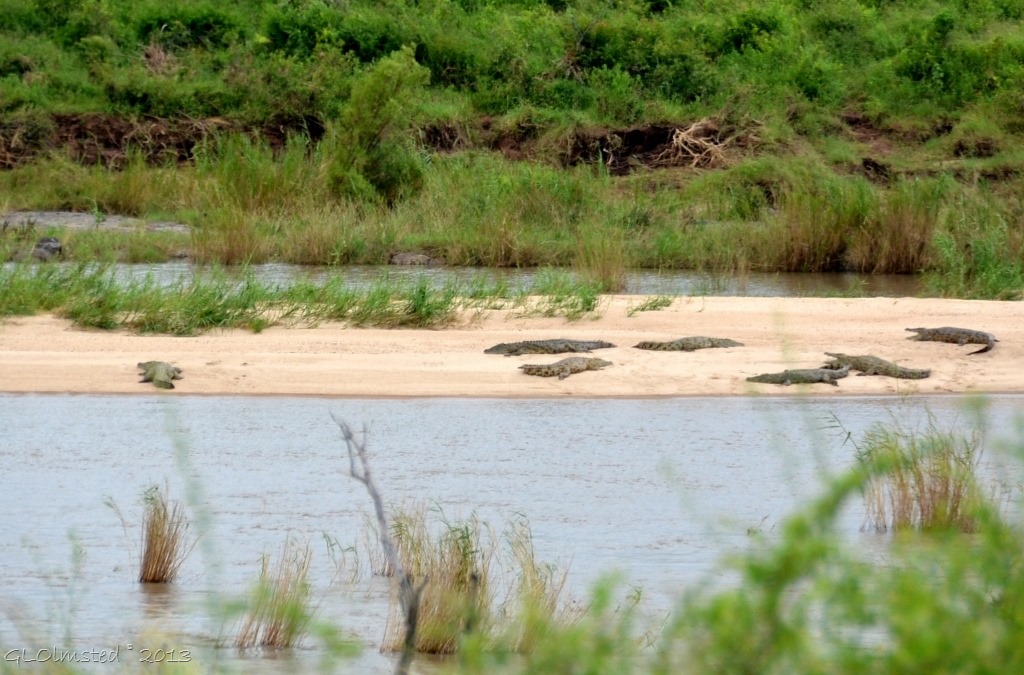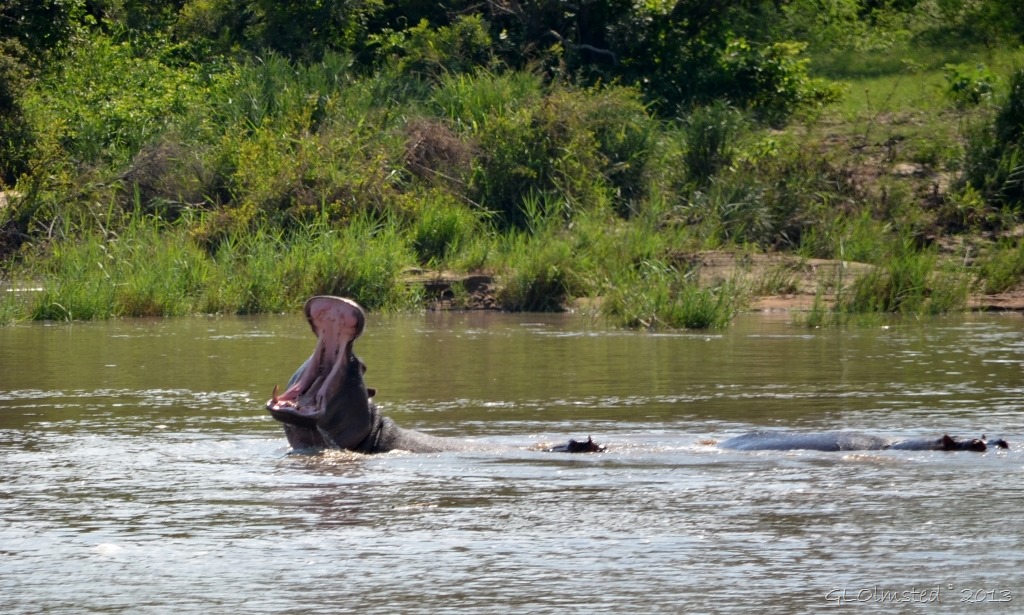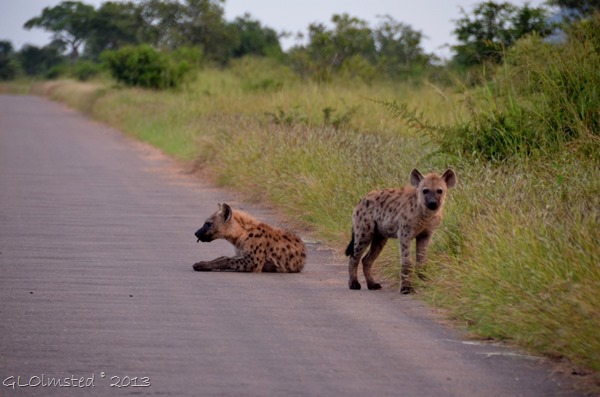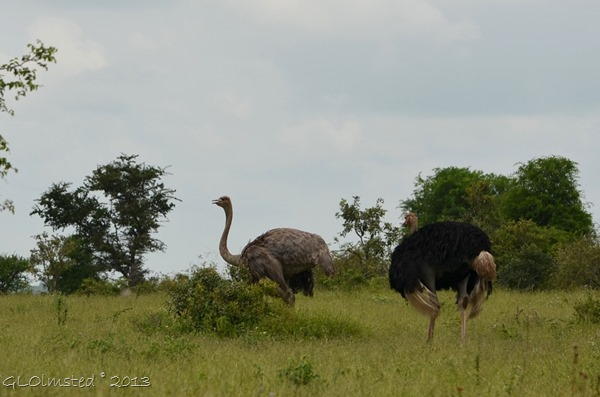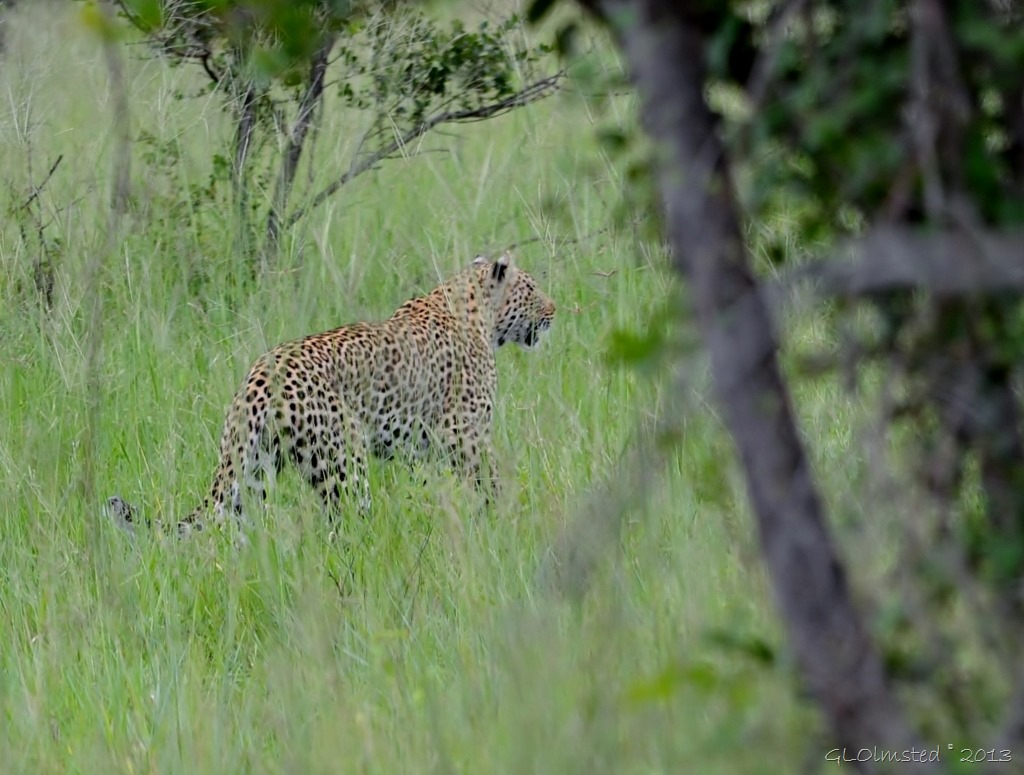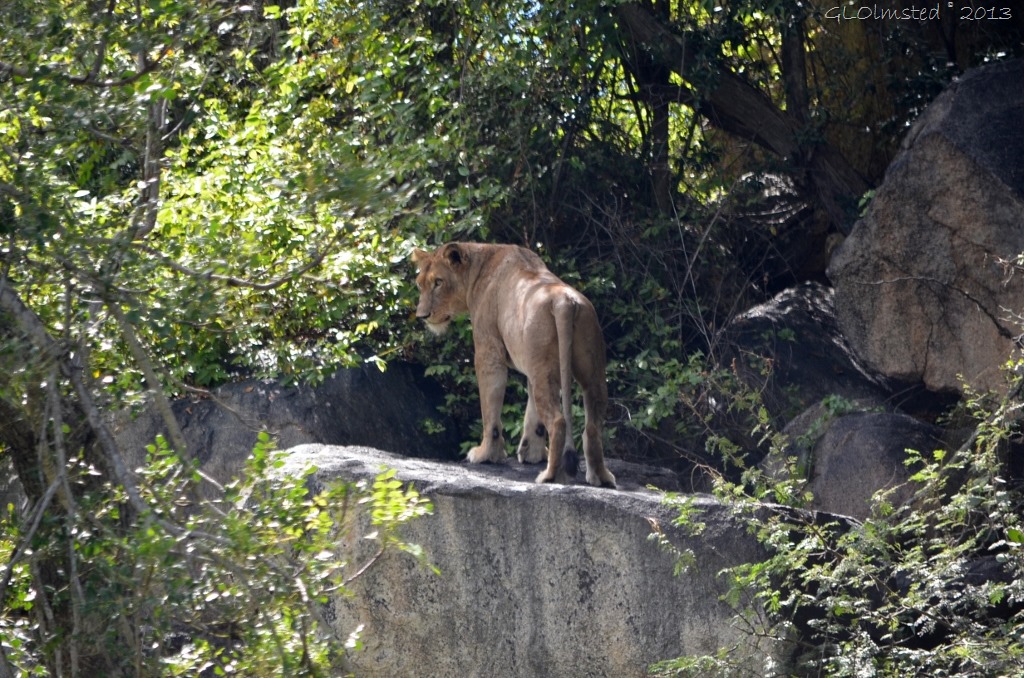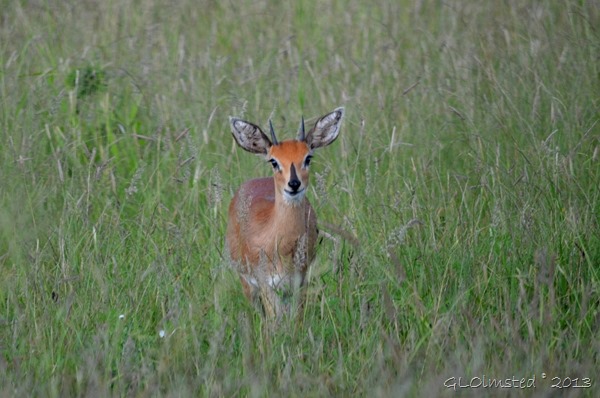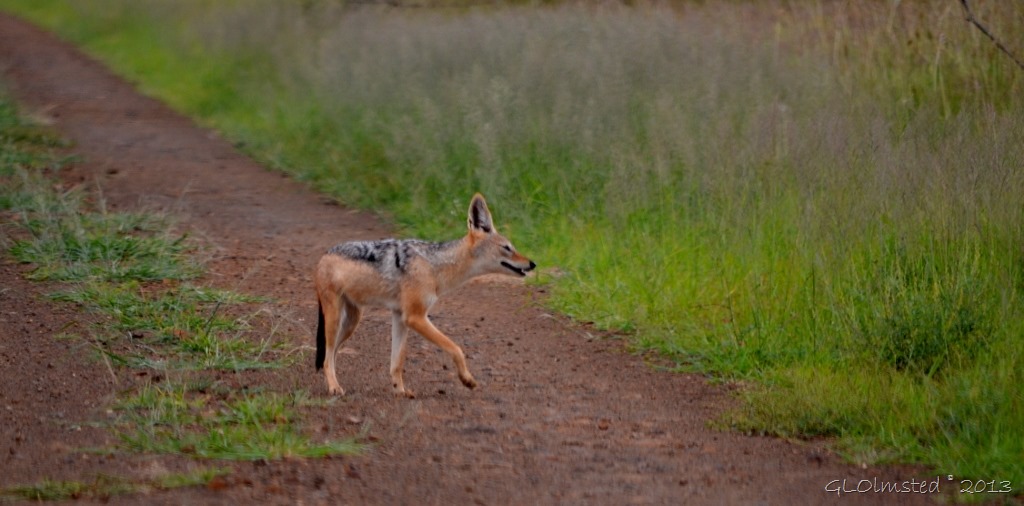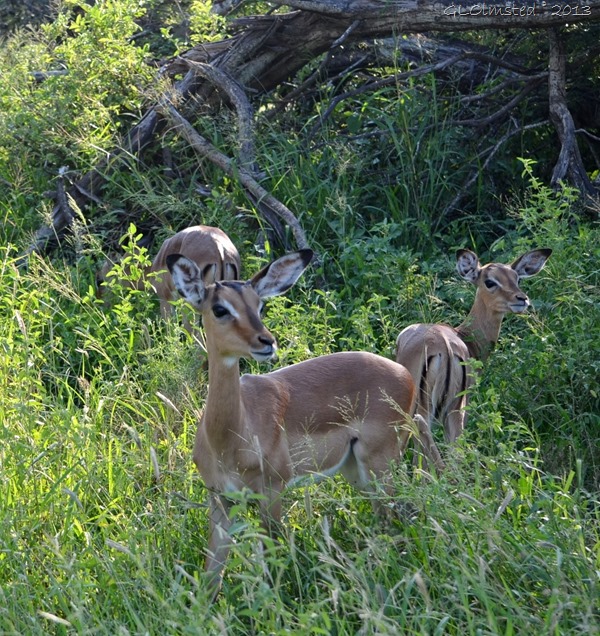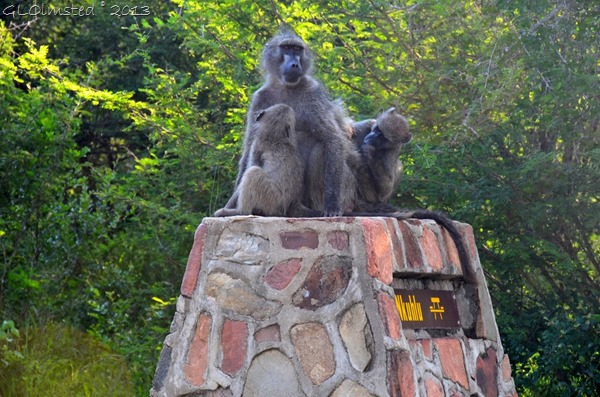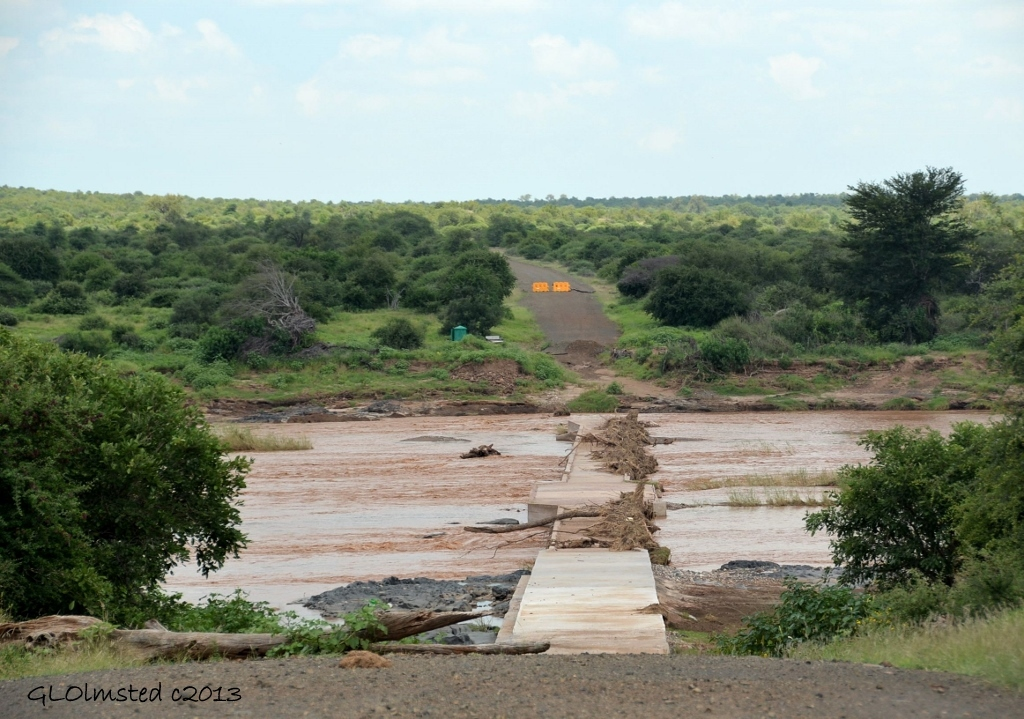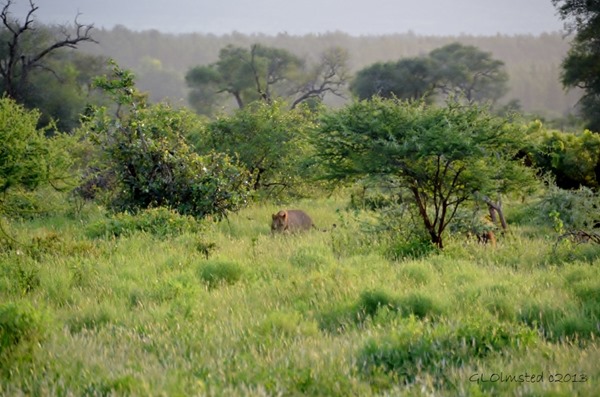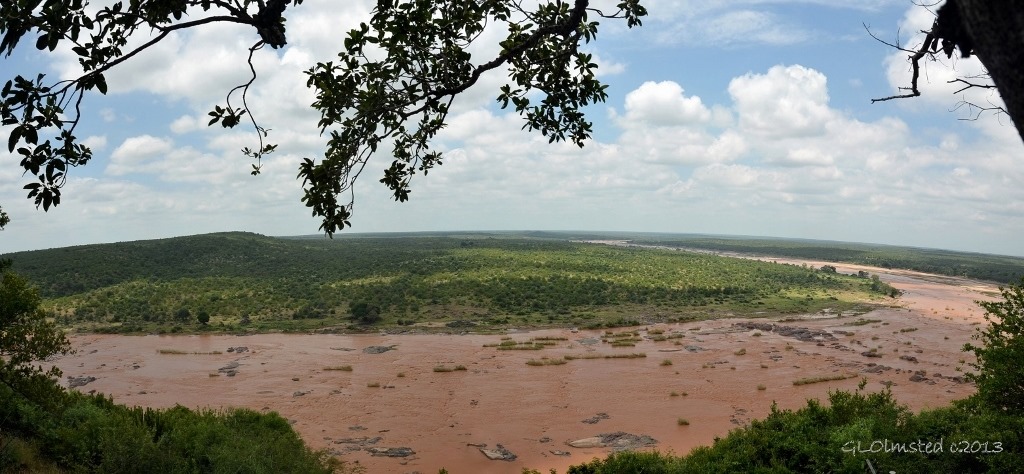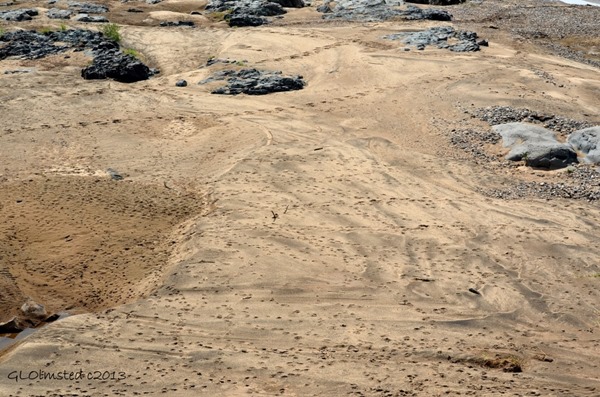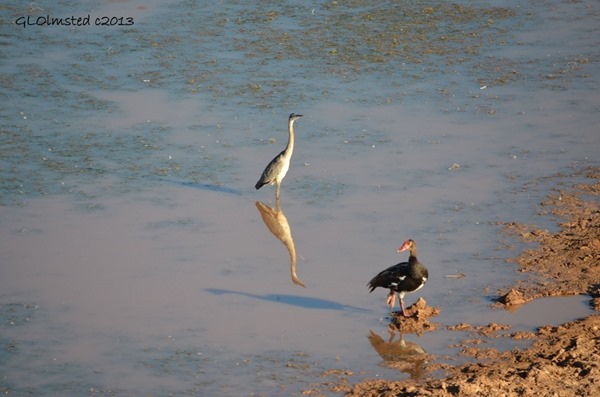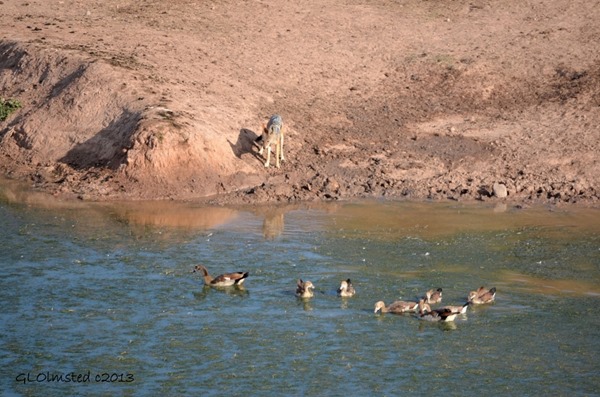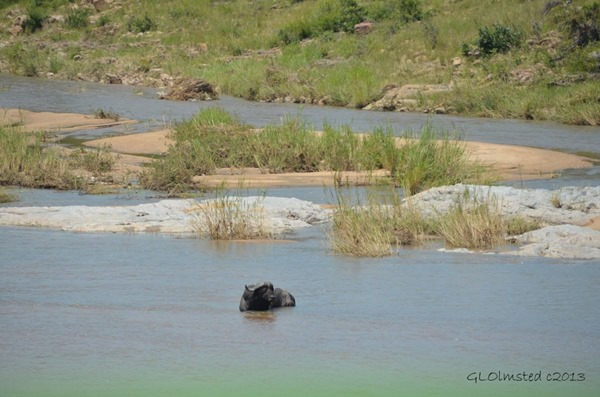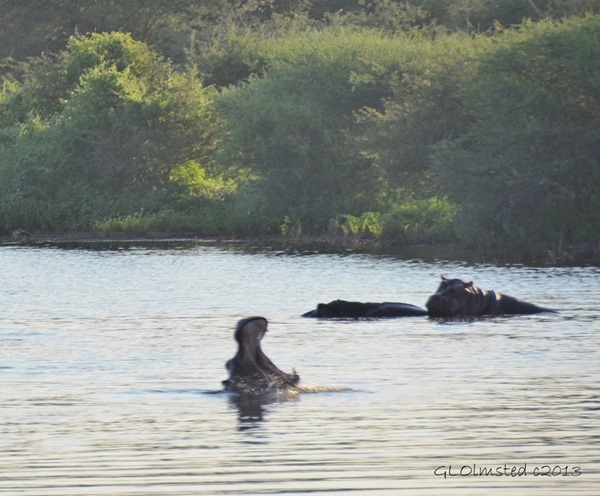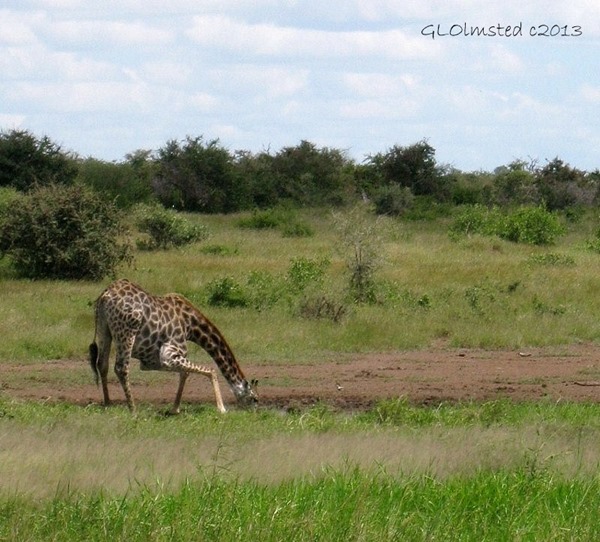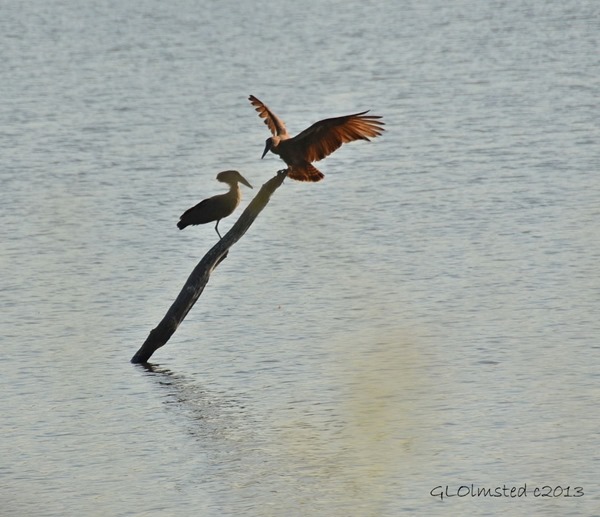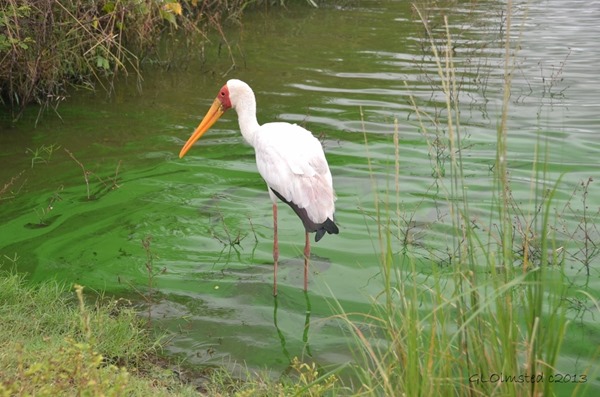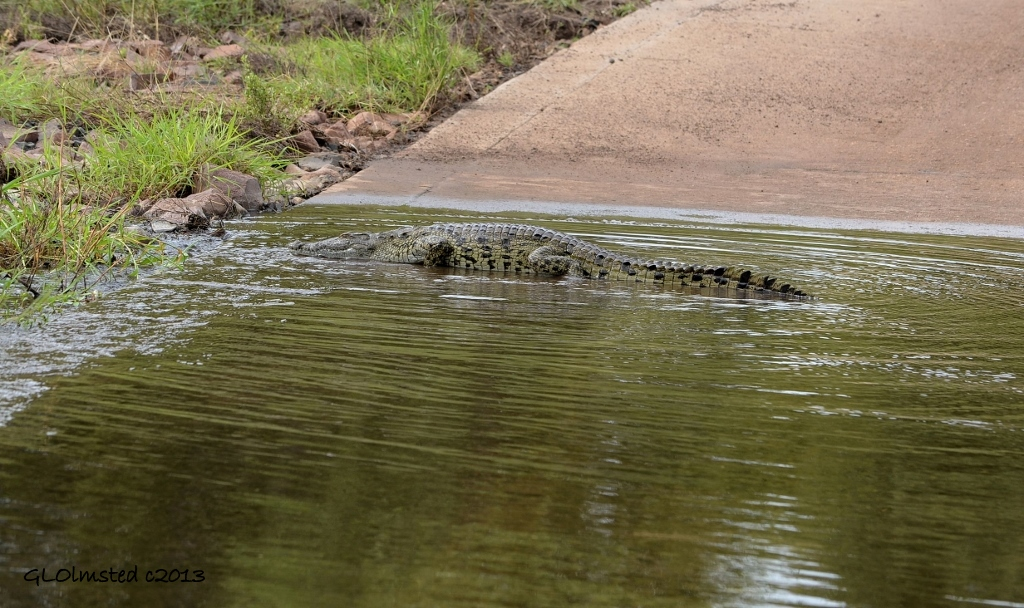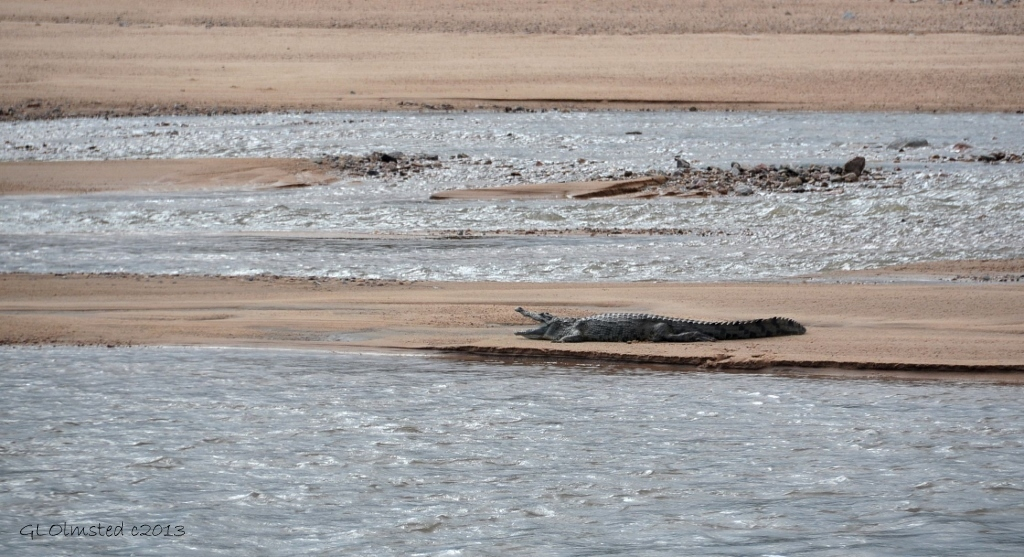Happy Mother’s Day to wildlife because all animals have mothers. When viewing wildlife on safari every animal seen is exciting but when you see the youngsters with their Moms it’s a special treat.
The blue wildebeest is born a tawny brown and begin to take on the silvery-blue sheen coloration of an adult at nine weeks old. They are born in the middle of the herd for protection during daylight hours giving them time to practice walking before predators become active at night. Calves are able to stand within seven minutes and run with the herd in less than two hours from birth. They remain close to Mom and suckle up to one year.
African buffalo are born and initially nursed away from the herd of related females who they will protect the young in the middle of the herd if chased by predators. In fact a calf’s distress call will not only get the attention of the mother but the entire herd and if a youngster is captured the herd may even try to rescue it.
African elephant society is arranged around family units made up of around ten closely related females and their calves and led by an old female known as the matriarch. Calves are born after a gestation period of nearly two years. They are cared for by their mother and other young females in the group, known as allomothers. After puberty, male elephants tend to form alliances with other males.
Baboon females tend to be the primary caretaker of the young, although several females will share the duties for all of their offspring. After about one year, the young animals are weaned. Males leave their birth group usually before they reach sexual maturity at five to eight years, whereas females stay in the same group their whole lives.
Female waterbucks gather in herds of two to 600 individuals. Yet for several weeks a new-born will hide in the cover of dense brush or long grass before joining the herd and following their mothers.
Zebras live in small family units called a harem which typically consists of one stallion and one mare with their foals. Because each individual has unique markings at the moment of birth the mother keeps all others away from her foal to imprint her patterns. She nurses the foal for up to a year and eventually the young males leave their family groups while females may stay in the harem until they are abducted by another stallion.
Rhino calves are born early in the dry season after a gestation period of 16 months and stay with their mothers for a period of two to three years, until she gives birth to her next calf.
Hippos are usually found in large social groups called rafts made up of one male and many females with their young. Calves are born in the water and can swim before walking. In cold conditions a young hippo may rest the front part of its body on the mothers back to sunbathe.
Red hartebeests are social animals and form herds of up to 300. The females form sub-groups of five to twelve animals with four generations of young in the group. Births take place in thickets and the offspring is weaned at four months.
Egyptian Geese usually pair for life and both care for the offspring until they are old enough to fend for themselves. Both sexes are aggressively territorial towards their own species when breeding and frequently pursue intruders into the air. Looks like one adult is telling that black-backed jackal to bug off.
Female warthogs live in groups called sounders with their young and other females. When they are about to give birth sows temporarily leave their families to farrow in a separate hole. The sow will stay in the hole for several weeks nursing her litter of two to eight piglets. Females tend to stay in their natal groups while males leave but stay within the home range.
These are a few of the wildlife Moms I saw while visiting Kruger, Mountain Zebra and Addo Elephant National Parks in South Africa. Outside the parks many of these species are in decline due to habitat destruction, hunting, poaching, human settlement and food competition with cattle. I pray that the children of today’s Mothers will still have the opportunity to see wildlife, in the wild.
Happy Mother’s Day to all Moms!


